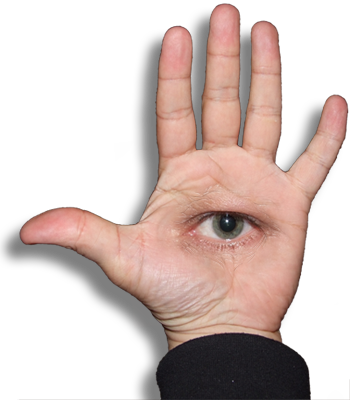This is a very useful tool, designed to determine if a piece of wood has any twist, or wind, along its length. They're called winding sticks.
I've been making do with bits of scrap wood, and you can get by with them, but these make the job a lot easier and more precise.
I've made these out of rimu. The white tabs are bits of PVC, inlaid into the body of the stick and planed flush; they're intended to be very easy to see. Back in the old days, they would probably have been bone. The black strip is just paint; I would have liked to use an ebony inlay, but that would really just be fanciness for its own sake, and the paint does the job perfectly well. The centering dots are bits of 5mm pine dowel, glued into holes drilled right through both sticks.
Using the sticks is very quick and easy. They're laid across the plank at either end, with the dot at the centre — that ensures that there isn't inadvertently more of the stick on one side than the other, which might unbalance it and give you a false reading.
You lower your eye-line to level with the front stick (the one with the black line), and so that you can just see the white tabs on the back stick. The black line isn't absolutely necessary, but it does give you a very clear reference horizon, differentiating the top of the front stick from the top of the back one.
If there's a difference in the amount of each white tab you can see, then it means that the plank is twisted. In this case, the right tab is higher than the left, which indicates that the rear right corner of the plank is higher. The piece of wood will need to be planed to bring both tabs to level.
The length of the winding sticks exaggerates the degree of twist due to their length, and makes it really obvious. There's a difference in height here between the two tabs of just a few millimetres, and the sticks are about five times as wide as the piece of wood, so that means the difference you see is actually about five times the actual height of the corner. This would only need a few strokes of the plane to bring it back into level.




No comments:
Post a Comment